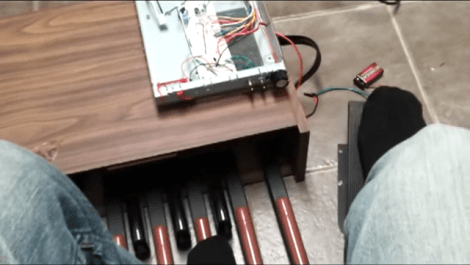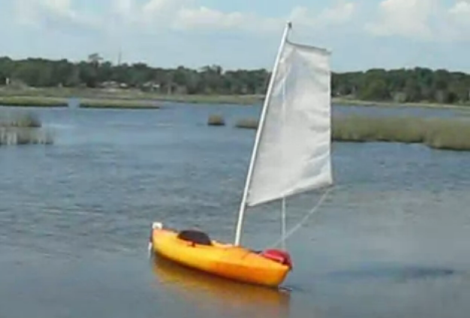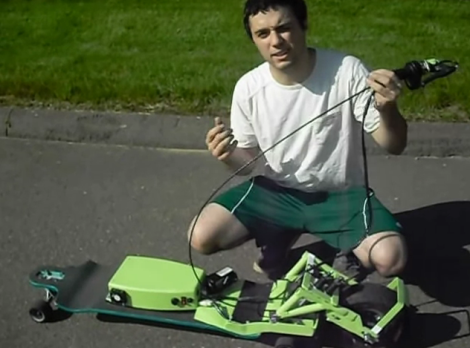
With a little help from their friends [Jeff Fisher] and his dad built this observatory in their back yard. Their use of simple building materials and techniques show that you can create a respectable home observatory without breaking the bank.
It starts with a footing for the telescope mount. This is completely separated from the building that surrounds it so there will be no issue with vibrations affecting the images it is capturing. From there a foundation made of cinder blocks was laid before placing joists and installing a sub floor. It was during this process that they trenched and placed conduit to run power to the building. With the floor in place the walls were stick built and a carefully crafted dome was assembled and hefted in place by this septet of gentlemen.
Four months was all it took to get to this point, but [Jeff] and his dad are still working on a deck to go around the observatory. They’re using a very nice telescope that they purchased, but it is also possible to build one of those yourself.
[via Reddit]
















